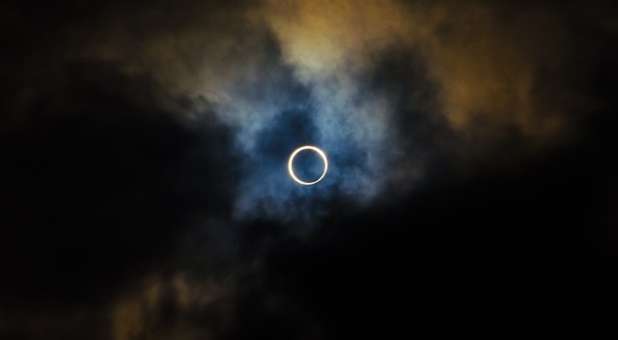At first glance the decision by Playboy’s executives to stop publishing nude photos of women appears to be cause for celebration—and in a way it is. By early next year the change at Playboy means that there will be one fewer outlet of exploitation in the marketplace. This is good. However, the underlying reason for the change is cause for lament.
Playboy pioneered and mainstreamed pornography. But porn has now become so ubiquitous and easily accessible—via technology—that the magazine is no longer commercially viable or culturally relevant. Playboy has essentially been devoured by the monster it helped to create. The magazine’s executives themselves admit as much. “You’re now one click away from every sex act imaginable for free,” Playboy’s chief executive Scott Flanders told the New York Times. “And so it’s just passé at this juncture.”
In December 1953, Hugh Hefner published the first issue of Playboy. Some years later, Hefner’s biographer Christopher Turner noted, “With an $8,000 loan ($1,000 from his mother, who had hoped he’d become a missionary), the 27-year-old Hefner produced a pasted-together magazine. He bought the rights to an old pin-up picture of Marilyn Monroe and used it as centerfold bait to drum up 70,000 advance orders.”
Over the years, countless women followed Marilyn onto the pages of Playboy and have been objectified, exposed and exploited. Even children such as the underage Brooke Shields, and others were stripped naked for profit, by Hefner’s publication.
This objectification lives on. With the production of the Playboy online archive, the women who have been featured in the magazine over the years may never be able to fully escape their damaging photos.
One woman who had appeared in Playboy many years ago respectfully declined to comment for this article because she is now a Christian. Though her photos remain on the Internet, she wants to be known for how God has transformed her life, not the objectification that happened long ago.
Just as heartbreaking as the women who continue to suffer are the countless porn addicted boys and men (as well as a growing number of girls and women) who were initially exposed to pornography through this magazine.
The early success and profitability of Hefner’s concept to mass distribute photos of naked women’s bodies quickly spawned copycat publications such as Hustler and Penthouse. In order to compete, these new magazines produced increasingly more hardcore content.
Nearly twenty years later, in the early to mid-’70s, filmmakers who were no doubt inspired by Hefner began to produce feature-length pornographic films such as Deep Throat and Behind the Green Door. These movies ushered in what was dubbed “the Golden Age of Porn.”
Then, overnight, in the early ’90s the proliferation of pornography exploded with the advent of the Internet. The pornography industry transformed from a handful of major magazines and films to hundreds of thousands and then millions of easy-to-access websites.
For perspective, in 1991 there were fewer than ninety different pornographic magazines published in America. By 1997 there were about 900 pornographic sites on the Internet. In 2011 the Internet filtering software Cyber Sitter blocked 2.5 million pornographic websites. By now that number has increased exponentially.
It is important to see that behind each number is a person. Every woman exposed in a glossy image or high definition film, has a name and a story—and usually that story is a tragic one of prior sexual abuse, abandonment, poverty, coercion, manipulation and the abuse of their positions of vulnerability.
This historic moment is a time to reflect and take an inventory of what damage has been done over the past sixty years through the normalization of pornography—a body count, in essence, of the casualties of this war on our sexuality. The victims include our children, families, marriages, and identity as men and women. What lies ahead for a generation that is being sexually educated through hardcore violent porn?
The nude photos may be gone from Playboy, but the effects of decades of pornography in its pages are not. As we mourn our great losses, may we emerge from our grief with hope, and a new vision for men and women. A vision for women of a culture that doesn’t require sexual objectification as a qualifier of value and worth. A vision for men which sees them not as insatiable, unfeeling, exploiting consumers of female bodies, but as ones who can protect and love. {eoa}
Laila Mickelwait serves as Exodus Cry’s manager of policy and public affairs.
See an error in this article?
To contact us or to submit an article





















